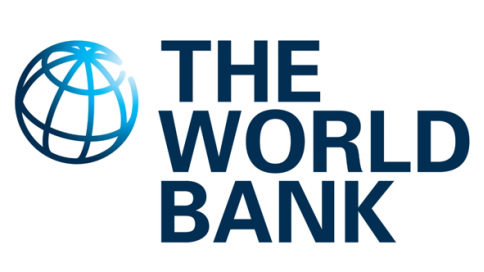Decline in Nigeria’s remittance flows results in decline of remittances to Sub-Saharan Africa- World Bank
May 13, 2021
A World Bank report says that a 27.7 per cent decline in remittance flows to Nigeria in 2020 resulted in decline of remittances by 12.5 per cent to Sub-Saharan Africa to 42 billion dollars.
The report which is titled ‘Migration and Development Brief’ released in Washington D.C. on Wednesday provides updates on global trends in migration and remittances.
With recorded remittance flows to low- and middle-income countries reaching 540 billion dollars in 2020, 1.6 per cent below the 2019 total of 548 billion dollars, it said that in spite of COVID-19, remittance flows remained resilient in 2020, registering a smaller decline than previously projected.
Nigeria alone accounted for over 40 per cent of remittance flows to the region. It however, noted that excluding Nigeria, remittance flows to Sub-Saharan Africa increased by 2.3 per cent.
The report added that Despite COVID-19, remittance flows remained resilient in 2020, registering a smaller decline than previously projected. Officially recorded remittance flows to low- and middle-income countries reached $540 billion in 2020, just 1.6 percent below the 2019 total of $548 billion, according to the latest Migration and Development Brief.
The decline in recorded remittance flows in 2020 was smaller than the one during the 2009 global financial crisis (4.8 percent). It was also far lower than the fall in foreign direct investment (FDI) flows to low- and middle-income countries, which, excluding flows to China, fell by over 30 percent in 2020. As a result, remittance flows to low- and middle-income countries surpassed the sum of FDI ($259 billion) and overseas development assistance ($179 billion) in 2020.
The main drivers for the steady flow included fiscal stimulus that resulted in better-than-expected economic conditions in host countries, a shift in flows from cash to digital and from informal to formal channels, and cyclical movements in oil prices and currency exchange rates. The true size of remittances, which includes formal and informal flows, is believed to be larger than officially reported data, though the extent of the impact of COVID-19 on informal flows is unclear.








